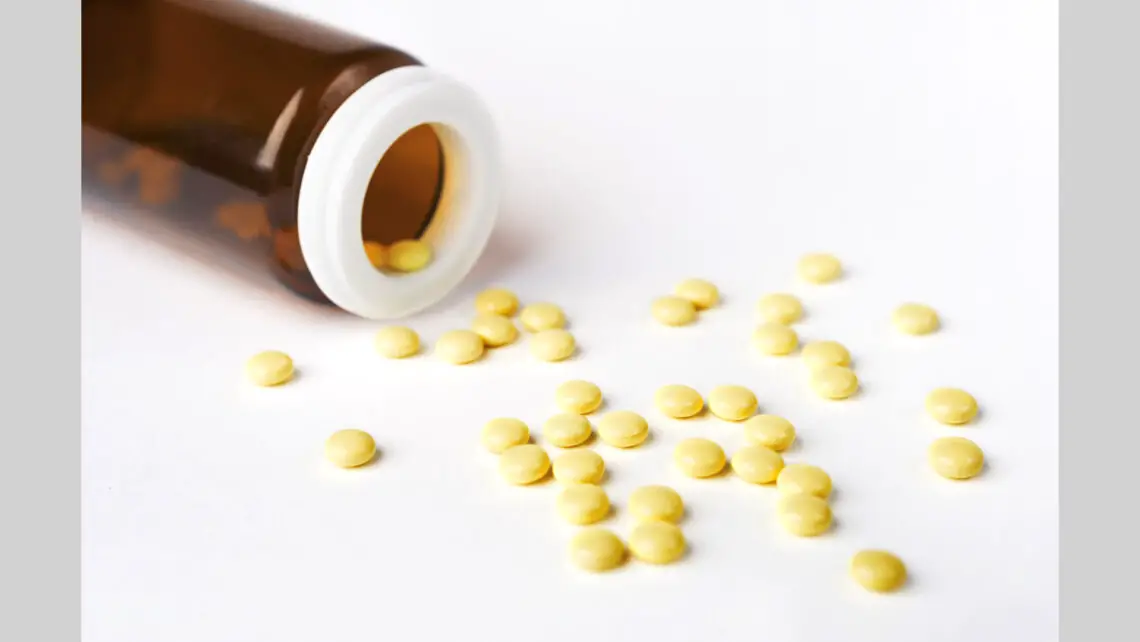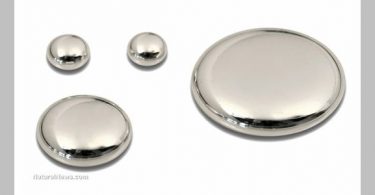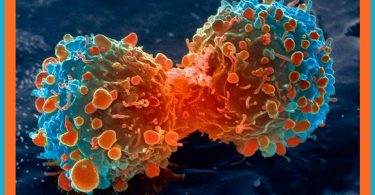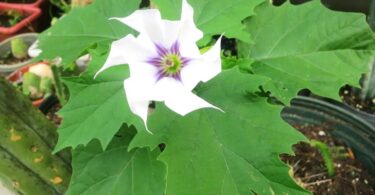For a few years we are suffering now from running fever. It is clear that football is still the king sport, but running is immensely popular. I am still impressed to see the number of participants who take part in running races. In Madrid, there are thousands of people who meet on a Sunday at 9:30 a.m. to run, no matter whether it is cold, hot, or raining. Sometimes I see myself in the middle of that crowd, thinking that we are all a little crazy.
Running is an exercise that brings great health benefits, but one has to consider a premise that applies for all types of sports. The sport that has the most health benefits is the one that is done, and the one that is done correctly. If you exercise incorrectly, you get injured. On the other hand, running is a very accessible exercise that can be done with just some running shoes and clothes, which is enough. Of course, the most important thing is that you have to enjoy doing it!
Many people routinely practice this sport, regardless of their age and sex. Before commenting on the benefits of running and how homeopathy can help us, I would like to point out some preliminary considerations.
If your goal is to participate in running as a hobby, I recommend to make at least a basic medical assessment in the preseason that would consist of an anamnesis and physical exploration focusing on the sports field with a resting electrocardiogram and blood tests.
If you want to enter the field of racing competition, a stress test with respiratory analysis would be advisable, and a stress echocardiogram. Also, I recommend you put yourself in the hands of a good personal trainer to make you aware of your limits. A trainer will not only help us to improve our results, but also prevent injuries by adjusting the workload because he is aware of our limitations.
As I said, running is beneficial for health, because the regular practice of this sport improves us at different levels. For example, one is less likely to get osteoporosis, and it improves blood pressure, cholesterol, uric acid, and glucose levels, wherefore it is beneficial for diabetics. This sport also improves mood, and relieves anxiety.
Benefits of Homeopathy
HOMEOPATHY PLAYS AN IMPORTANT ROLE IN THE TREATMENT OF TYPICAL INJURIES BUT ALSO FOR THEIR PREVENTION AND THE IMPROVEMENT OF PERFORMANCE.
Many think of homeopathy to treat lesions and homeopathy plays a very interesting role in the treatment of typical runners‘ lesions such as tiliotibial girdle injury, tibial periostitis etc. But homeopathy can also be used for prevention and performance improvement.
Why use homeopathy in running? The answer is simple. Experience has shown that homeopathy is effective and without adverse effects. A paper written in 2013 recommends the use of homeopathy in sports injuries because of its benefits and also explains that the use of classic anti-inflammatory drugs (NSAIDs) can delay the recovery process.
Sometimes conventional medications interefere with athletic performance. For example, athletes in my practtice used to tell me that they were taking benzodiazepines (such as Lexatín®) to be able to fall asleep on the days before a race. But these medications can diminish the athlete’s performance, so we do not recommend them, and precisely because there is another option – homeopathy.
I use Gelsemium 30C, among other homeopathic remedies, for anticipatory anxety before a race. The fear subsides and that enables the runner to do his/her best.
I come back to the example of NSAIDs, which are used by runners to avoid the pain occuring after training. There are other options. For example, we use Arnica for traumatic bruises. Running is an impact sport, wherefore the use of this remedy is justified. Moreover, Arnica Montana presents an interesting mechanism of action. It acts on the gene expression of macrophages, repairing the phenotype. We find increased gene expression of genes involved in angiogenesis, while the MMP1 gene, which encodes a metalloproteinase capable of destroying substrates of the cell matrix, is regulated downward. That is, Arnica Montana acts as a healing promoter by modifying some genes that are regulators and keys for tissue remodeling, inflammation and chemotaxis. A study on this remedy by Tveiten D, Bruset S, suggests that Arnica D30 has a positive effect on muscle pain after a marathon race, but not on cell damage measured by enzymes.
There are frequent injuries in running like tendinopathies, and among them the most frequent and limiting for the runner is the Achilles tendinopathy. In tendopathies, the lesion of the tendon itself with the destruction of the same predominates, wherefore the use of NSAIDs is not recommended, as they do not affect these types of injuries.
In this case Ruta Graveolens 5C or Rhus Toxicodendron are prescribed based on our experience and that collected by Jean-Marcel Ferret, the former physician of the French football team, and as recommended in his book “Sports Medicine; Prevention, Treatments, Homeopathy And Nutrition”. We also use these remedies for sprains. For muscle contractures and other muscle injuries we use remedies like Cuprum Metallicum or Magnesia Phosphorica. In case of bone fractures we always use Symphytum, to which we often add Calcarea Phosporica.
Alberto Sacristan
– La homeopatia como aliado en el running
Desde hace unos años estamos sufriendo la fiebre del running. Está claro que el fútbol sigue siendo el deporte rey, pero lo del running no tiene nombre. A mi todavía me impresiona ver el número de participantes de pruebas de running. En Madrid son miles de personas las que se reúnen un domingo a las 9:30 de la mañana para hacer una prueba de running, con frío, calor, lloviendo, da igual. Yo me veo a veces en medio de ese mogollón y alucino, a veces pienso que estamos un poco locos, cosa que no habría que descartar, pero ese es otro tema.
El running es un ejercicio que aporta grandes beneficios para la salud, pero hay que partir de una premisa que sirve para todos los deportes. El deporte que más beneficios tiene en salud es el que se hace y el que se hace correctamente. Si ejecutas mal el ejercicio, te lesionas. Por otro lado, el running es un ejercicio muy accesible, tan sólo con unas zapatillas, y ropa de running es suficiente, bueno, mentira, se me olvidaba lo más importante, hay que tener ganas de hacerlo.
Cada vez hay más personas que se han apuntado a la práctica habitual de este deporte independientemente de su edad y sexo. Antes de comentar los beneficios del running y cómo la homeopatía nos puede ayudar con nuestra afición, quisiera apuntar unas consideraciones previas. Si tu objetivo es participar en carreras populares te recomiendo que en la pretemporada al menos te realices una valoración médica básica, y que consistiría en una anamnesis y exploración física dirigida al ámbito deportivo, electrocardiograma en reposo y unos análisis de sangre. Si quieres entrar en el ámbito del rendimiento sería recomendable una prueba de esfuerzo con análisis de gases, pero si quieres completar de una manera más lógica el estudio, yo recomiendo una ecografía de esfuerzo. En segundo lugar, recomiendo que te pongas en manos de un buen entrenador personal para que te dirija los entrenamientos, te ayude en planificar la temporada y te haga ser consciente de tus límites. Un entrenador no sólo nos ayudará a mejorar nuestros resultados, nos ayudará a que no tengamos lesiones, pues tendrá en mente nuestras limitaciones y sabrá cómo ajustar las cargas de trabajo.
Como decía, el running es beneficioso para la salud, pues la práctica regular de este deporte nos mejorará a distintos niveles, por ejemplo, es menos probable presentar osteoporosis, mejora las cifras tensionales, de colesterol, ácido úrico, mejora las cifras de glucosa en sangre, por lo que es un beneficio para diabéticos, mejora el estado de ánimo, de ansiedad …
LA HOMEOPATÍA DESEMPEÑA UN PAPEL MUY INTERESANTE EN EL TRATAMIENTO DE LAS TÍPICAS LESIONES DEL RUNNER, PERO TAMBIÉN PARA SU PREVENCIÓN Y PARA LA MEJORA DEL RENDIMIENTO
Y, cómo no, ahora os voy a hablar de cómo puede ayudar a un runner la homeopatía. Muchos piensan en la homeopatía para tratar la lesión y hacen bien, la homeopatía juega un papel muy interesante en el tratamiento de las típicas lesiones del runner (lesión de la cintilla iliotibial, periostitis tibial…). Pero la homeopatía podemos usarla también como prevención y como mejora del rendimiento. Antes de contaros más en esta línea, ¿por qué usar homeopatía en el running? La respuesta es sencilla. La experiencia de muchos es que la utilización de la homeopatía es eficaz y con ausencia de interacciones o efectos adversos de otros medicamentos que solíamos usar. Hay un documento consenso del 2013 que recomienda la utilización de la homeopatía en lesiones deportivas por sus beneficios, pero además aclara que la utilización de los clásicos antiinflamatorios (AINES), puede retrasar ese proceso de recuperación. Pero incluso voy más allá, en ocasiones, vemos pacientes que toman medicamentos que pueden interferir en el rendimiento deportivo y con el ejercicio. Por ejemplo, antes era frecuente ver en consulta a pacientes que me comentaban que tomaban algo (benzodiazepinas como Lexatín®, …) para poder conciliar el sueño el día, o días previos a la prueba. Estos medicamentos pueden disminuir el rendimiento del deportista y no es algo que recomendemos y precisamente por tener otra opción como es la homeopatía. Aprovecho este ejemplo en el que por experiencia suelo usar entre otros medicamentos homeopáticos Gelsemium 30 CH pues es muy interesante su utilización en esos miedos anticipatorios que se producen antes de una prueba. El miedo a ver si sale bien, a terminarla, a realizar marca personal … puede jugar una mala pasada y hacer que el runner no descanse lo suficiente.
Vuelvo a retomar el ejemplo de los AINEs, pues son utilizados, o eran utilizados por los runners para evitar el dolor postentreno. Pues error, hay otras opciones muy interesantes y pongo por ejemplo Arnica que habitualmente lo usamos en las contusiones en los traumatismos, pues siempre hablamos de que el running es un deporte de impacto y es cierto, por ello estaría justificado la utilización de este medicamento. Además, Árnica Montana presenta un mecanismo de acción interesante pues actúa en la expresión génica de macrófagos con fenotipo reparador, con incremento de expresión génica de genes implicados en el reclutamiento y la angiogénesis, mientras que el gen MMP1, que codifica una metaloproteinasa capaz de destruir sustratos de la matriz celular, se reguló a la baja, por ello Arnica Montana actúa como promotor de la curación, al modificar algunos genes que son reguladores y claves de la remodelación tisular, la inflamación y la quimiotaxis. Según el estudio de Tveiten D, Bruset S, sobre este medicamento, sugiere que Arnica D30 tiene un efecto positivo en el dolor muscular después de la carrera tipo maratón, aunque no en el daño celular medido por las enzimas.
Hay lesiones frecuentes en el running como tendinopatías, y dentro de estas la más frecuente y limitante para el runner es la tendinopatía del Tendón de Aquiles. En las tendopatías predomina la lesión del propio tendón con desestructuración del mismo frente al proceso inflamatorio, por este motivo no es recomendable la utilización de AINES puesto que estos no afectarían a ese tipo de lesiones. En este caso nuestra experiencia y la que recoge Jean-Marcel Ferret, exmédico de la selección francesa de fútbol, en su libro “Medicina del Deporte; prevención, tratamientos, homeopatía y nutrición” es prescribir Ruta Graveolens 5 CH o Rhus Toxicodendron. Estos medicamentos también solemos usarlos en esguinces. En las contracturas musculares y otras lesiones musculares usaremos medicamentos como Cuprum Metallicum o Magnesia Phosphorica. En caso de fracturas óseas usamos siempre Symphytum, al cual solemos añadir frecuentemente Calcarea Phosporica.
Para finalizar, quiero dejaros un enlace donde podréis aclarar cuándo poner hielo o calor ante una lesión deportiva.






It’s great to see and know at long last, how well Homeopath’s and their chosen organisations are standing up for their profession finally. Hopefully we can also find a way of letting the ‘general public at large’ know about the miss information, that is being spread about Homeopathy, simply to discredit it. By a very corrupt, trusted and so called ethical industry whose only motivation at the end of the day is profit, and ‘the bottom line’. Who it seems unfortunately, has totally lost the sight of their main aim to treat the sick and unhealthy members of the general public at large.